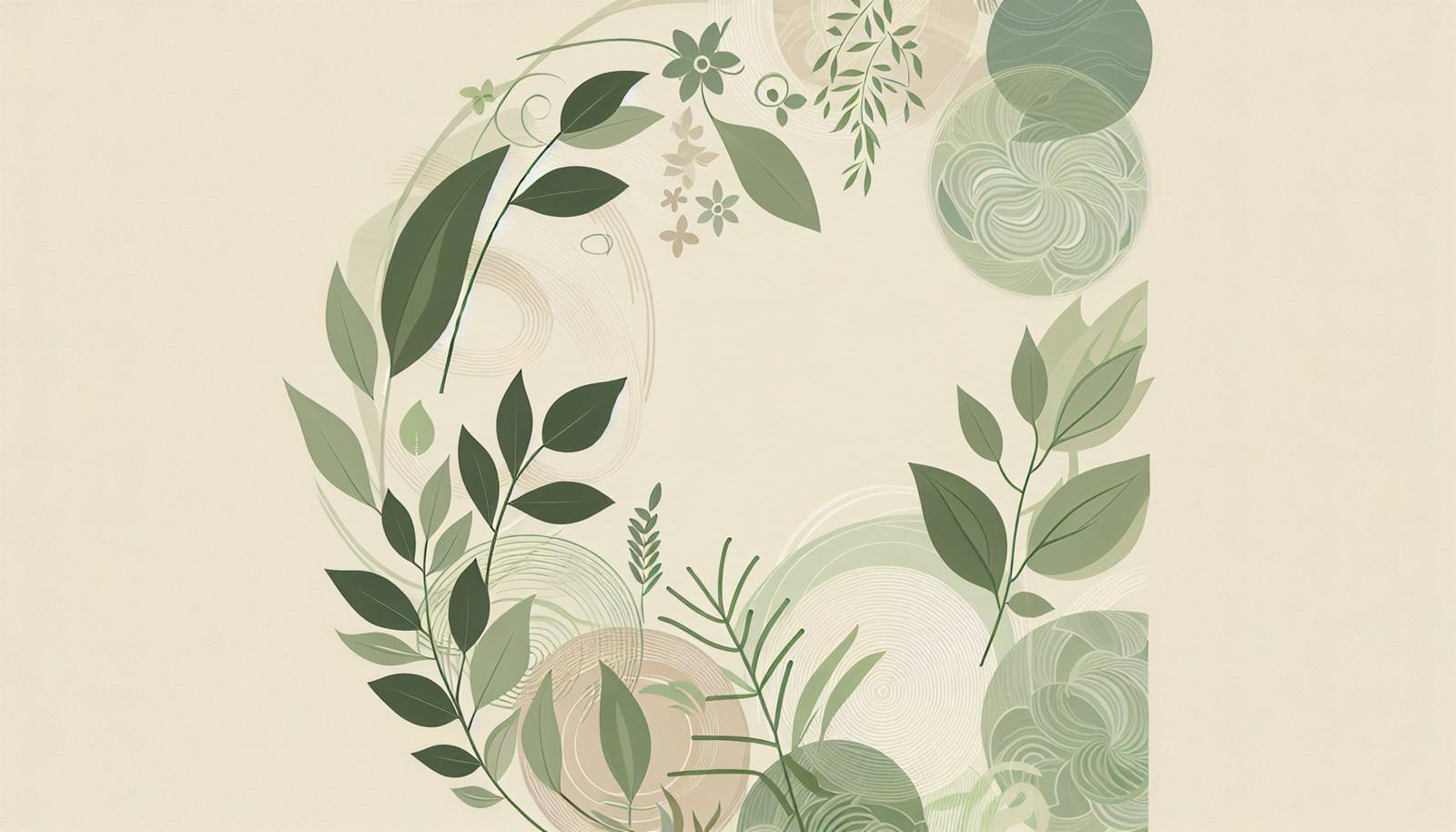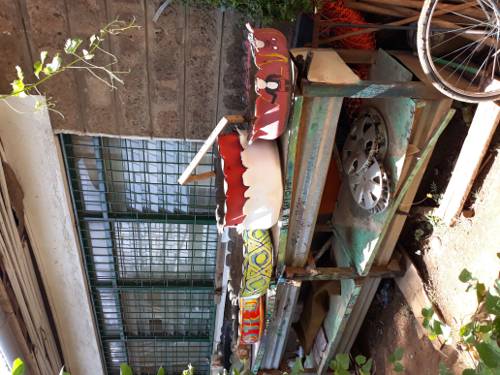
FAQ About Adaptive Reuse of Household Items for Indoor Plants

What is adaptive reuse in the context of indoor plants?
Adaptive reuse in the context of indoor plants refers to the practice of repurposing everyday household items to support, pot, or decorate indoor plants. This involves creatively using things like mugs, jars, cans, or baskets as plant pots, utilizing corks as plant supports, or turning items like old furniture into plant stands. This not only reduces waste but also adds a personal and unique touch to your indoor plant displays.

Which household items can be used as plant pots?
Many household items can be repurposed as plant pots. Common examples include old mugs, tea tins, mason jars, and plastic bottles that can be cut and shaped. Moreover, colanders, baskets, and even old toys like toy trucks can be used for this purpose. It's important to ensure that any container used has proper drainage or you add a drainage layer such as stones at the bottom to prevent waterlogging.

How can I ensure proper drainage when using unconventional pots?
To ensure proper drainage when using unconventional pots, you can drill or punch holes at the bottom of the container if the material allows. Alternatively, you can create a drainage layer by placing stones, pebbles, or broken pottery pieces at the bottom of the pot. This layer helps excess water escape from the soil, preventing root rot.

Can kitchen utensils be repurposed for plant care?
Yes, kitchen utensils can be quite handy in plant care. Spoons can be used for soil aeration, forks can support young seedlings, and old baking trays or muffin tins can be transformed into potting trays. Using these items can make plant care more manageable and offer sustainable use for things no longer needed in the kitchen.

Is it safe to use tin cans as plant containers?
Tin cans can be safely used as plant containers after certain preparations. Firstly, ensure that the can edges are smooth to prevent cuts. Additionally, ensure drainage by making small holes at the bottom. It’s also recommended to line the interior with a coffee filter or fabric to prevent soil from seeping out while allowing water to drain.

What are some creative ways to support climbing plants?
For supporting climbing plants, consider using old ladders, broomsticks, or wooden spoons tied together to create a trellis. String or twine can also be used to guide plants along walls or other supports. Corks on skewers can serve as a unique and rustic option for light support needs, all while being eco-friendly.

How can I decorate my plant pots using household items?
Plant pots can be decorated using various household items to add aesthetic value. Consider wrapping pots with yarn or fabric, painting them with leftover paint, or gluing on decorative stones or broken ceramic pieces. Corks, buttons, and shells can also be glued onto pots for a personalized look.

Can old glass jars be used for plants?
Old glass jars are excellent for plants, particularly for water propagation or growing herbs that require higher humidity. The transparency of glass allows for monitoring root growth and water levels. However, these jars generally lack drainage, so they are more suited for plants that can thrive in water or with added layers of gravel.

What household items can be used to make DIY plant stands?
You can use old furniture pieces like stools and side tables as plant stands. Upside-down crates or stacked books can give varying heights and dimension to plant displays. For a modern touch, use metal cans or ceramic vases turned upside down as bases for the plants to rest upon.

How can I repurpose textiles for indoor plants?
Textiles can be repurposed in several creative ways. Old fabric scraps can be used to line baskets or wrap pots. Additionally, you can use cloth as a wick system to water plants by placing one end of a strip of fabric in a water source and the other in the soil, gradually drawing moisture into the pot.

Are there specific items to avoid when reusing for plants?
When repurposing items for plants, avoid materials that degrade or react poorly with moisture over time, such as cardboard or certain metals prone to rusting. Also, avoid containers that held toxic substances unless they can be thoroughly cleaned. Avoid using items with harmful coatings or non-biodegradable plastics for long-term use.

What are the benefits of using household items for indoor gardening?
Using household items for indoor gardening is beneficial as it promotes sustainability by reducing waste. Additionally, it saves money compared to purchasing new garden accessories. Creative reuse of items can also serve as a fulfilling DIY project, allowing for personal expression and unique customization of indoor plant displays.

How do I upcycle old furniture for plant displays?
Old furniture can be upcycled by turning items like drawers into tiered plant displays or modifying chairs with cut-out seats to hold pots. Sanding and painting give a fresh look, while sealing with weatherproof materials allows them to be used outdoors. Ensure stability to safely hold the weight of the plants.

Can I use broken ceramic pieces in plant care?
Broken ceramic pieces are quite useful in plant care as they can be used to create drainage layers in pots. Additionally, they can be used aesthetically as mulch on the soil surface or as part of a decorative mosaic on the exterior of pots and planters, adding interest and character to your indoor garden.

What are some sustainable practices in indoor gardening using household items?
Sustainable practices include using biodegradable or recyclable materials for containers and supports, employing upcycled furniture to minimize consumption, and creating DIY compost bins from household items. Using kitchen scraps for composting and rainwater for watering are additional sustainable strategies.

How can I use plastic bottles in plant care?
Plastic bottles can be upcycled in various ways for plant care. They can be cut and used as small pots, particularly for seedlings. Moreover, you can utilize them as self-watering systems by inserting a wick through the cap and installing it in the soil. They also serve as mini-greenhouses when placed over young plants.

Are cardboard containers suitable for planting?
Cardboard containers can be used temporarily for planting, especially for seed starting, as they are biodegradable. Their downside is the lack of durability as they can quickly degrade when wet. Using them inside a more solid outer container can protect against rapid decomposition while still benefiting from their eco-friendliness.

How do I prepare household items for reuse in gardening?
To prepare household items for reuse in gardening, start by cleaning them thoroughly to remove any residues. If using metal or tin items, ensure they are rust-free or treat them appropriately. For items like bottles or jars, make necessary cuts or holes for drainage. It's also important to sand or smooth rough edges to prevent injuries.

Can non-traditional items harm plants?
Non-traditional items generally do not harm plants if properly prepared. However, if items leach chemicals over time, such as certain plastics or metals, this can be detrimental. It's essential to choose items safe for food contact as they are more likely to be non-toxic. Always ensure sufficient drainage and prepare items correctly to avoid any plant health issues.

What are some tips for decorating plant areas using recycled materials?
Decorating plant areas with recycled materials can be creative and eco-friendly. Consider using leftover fabric to make small hanging pots, painting old jars as lanterns, or using wooden pallets as vertical gardens. Old mirrors can enhance light and make spaces look larger, while recycled metal or wood brackets can be used for hanging plants and adding depth to your plant display.
